Salt is a staple in kitchens worldwide, yet its impact on health is often misunderstood. This essential mineral does more than enhance flavor; it plays a crucial role in bodily functions. However, not all salts are created equal. From the common table salt to the exotic Himalayan pink, each type carries its unique health footprint. This exploration sheds light on the various types of salt available and how they might affect your well-being, equipping you with the knowledge to make informed choices for a healthier lifestyle.
Contents
- 1 Understanding Salt And Its Dietary Role
- 2 Table Salt: The Ubiquitous Seasoning
- 3 Sea Salt: A Trace Mineral Treasure?
- 4 Himalayan Pink Salt: Ancient And Pure?
- 5 Kosher Salt: A Chef’s Favorite
- 6 Rock Salt: More Than Just Ice Cream Salt
- 7 Black And Red Hawaiian Salt: Gourmet’s Choice
- 8 Flavored And Smoked Salts: A Culinary Twist
- 9 Choose Your Salt Wisely For Better Health
Understanding Salt And Its Dietary Role
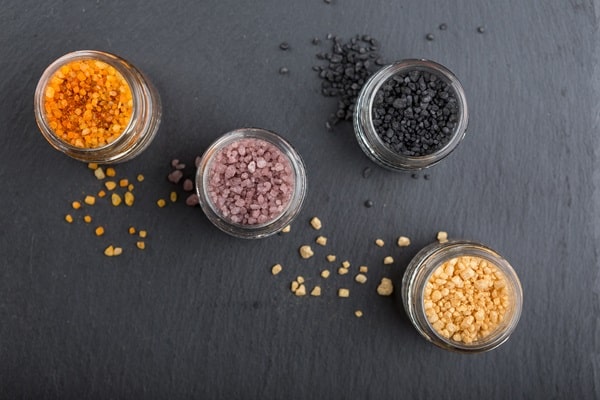
Salt, chemically known as sodium chloride, is a mineral essential for human life. It regulates fluid balance, supports nerve function, and is involved in muscle contractions. Despite its critical roles, the body requires it in relatively small amounts. Public health guidelines suggest limiting sodium intake because excessive consumption is linked to high blood pressure and heart disease. The balance is delicate; too little salt can lead to hyponatremia, a condition characterized by headache, confusion, seizures, and, in severe cases, coma.
The average diet often surpasses the recommended daily salt intake, primarily through processed foods. It’s not just the salt shaker that contributes to intake; sodium is hidden in many foods, from bread to canned soups. Understanding the role of salt and its presence in the diet is the first step towards managing its impact on health. By recognizing the sources of sodium, individuals can make conscious choices to maintain a balanced intake, ensuring that salt consumption supports rather than hinders health.
Table Salt: The Ubiquitous Seasoning
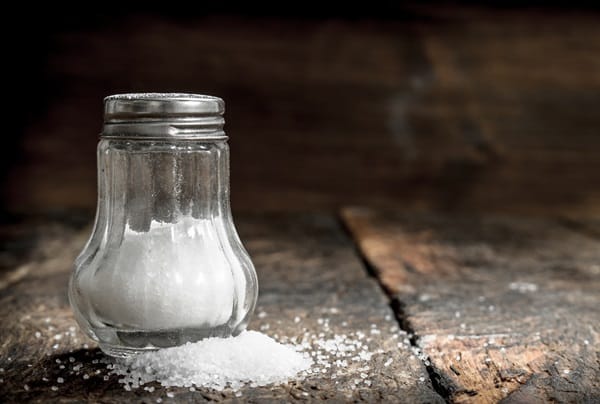
Table salt is the most commonly used form of salt, found in salt shakers and processed foods alike. Its fine grains are a product of extensive refining, where natural minerals are stripped away, and additives like iodine and anti-caking agents are introduced. Iodine is a necessary nutrient that prevents thyroid disorders, making iodized table salt a significant public health achievement. However, the added anti-caking agents have raised health concerns, although they are present in small, generally considered safe amounts.
The health implications of table salt are most notably tied to its high sodium content. While sodium is necessary for bodily functions, too much can lead to hypertension, a leading risk factor for heart disease and stroke. The prevalence of table salt in various foods makes it easy to consume in excess, making it a silent contributor to various health issues. Awareness and moderation of table salt intake, along with a preference for whole and unprocessed foods, can help mitigate these risks.
Sea Salt: A Trace Mineral Treasure?
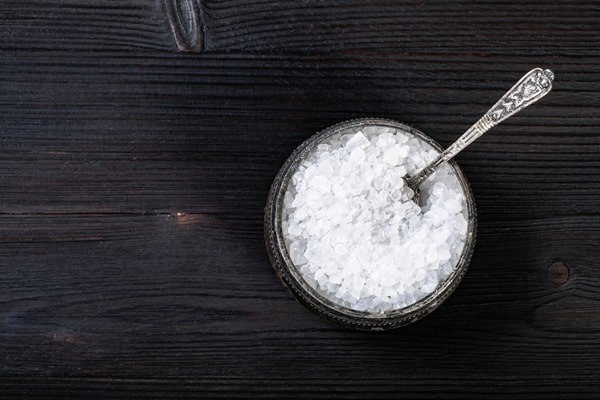
Sea salt is harvested by evaporating seawater, leaving behind salt crystals that retain trace minerals from the ocean. These minerals, including potassium, iron, and zinc, add subtle flavor nuances and are often touted for their health benefits. The mineral content, however, is too minimal to have a significant health impact, and the primary component remains sodium chloride. The health benefits of sea salt over table salt are thus more related to culinary preference than nutritional superiority.
Despite the minimal mineral content, sea salt has gained popularity as a healthier alternative to table salt. The coarse texture and perceived purity appeal to those looking to make more natural choices in their diet. Yet, when it comes to sodium content and its potential health effects, sea salt is virtually on par with table salt. Consumers should be aware that the choice between sea salt and table salt should be based on taste and texture preferences rather than significant health benefits.
Himalayan Pink Salt: Ancient And Pure?
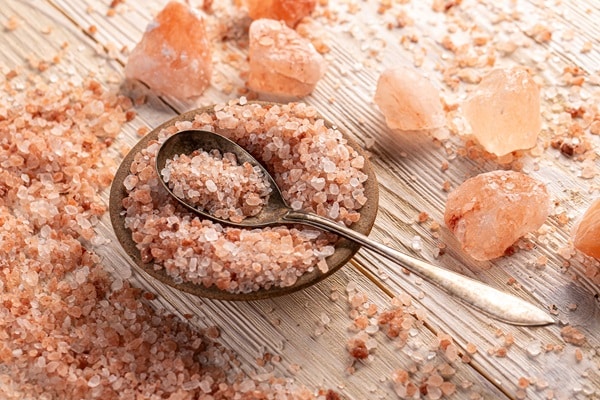
Himalayan pink salt, with its distinctive rosy hue, is mined from ancient sea beds in the Himalayan mountains. It is often marketed as one of the purest salts available, free from modern environmental toxins. Its color comes from trace amounts of iron oxide, and it contains small amounts of additional minerals, similar to sea salt. These claims of purity and mineral content have made Himalayan pink salt a popular choice for health-conscious consumers.
However, the health advantages of Himalayan pink salt over other salts remain a topic of debate. While it does contain trace minerals not found in table salt, the quantities are too insignificant to yield substantial health benefits. The mineral content does contribute to a more complex flavor profile, which may enhance the culinary experience. As with other salts, moderation is key, as the sodium content can still contribute to health issues if consumed in large amounts.
Kosher Salt: A Chef’s Favorite
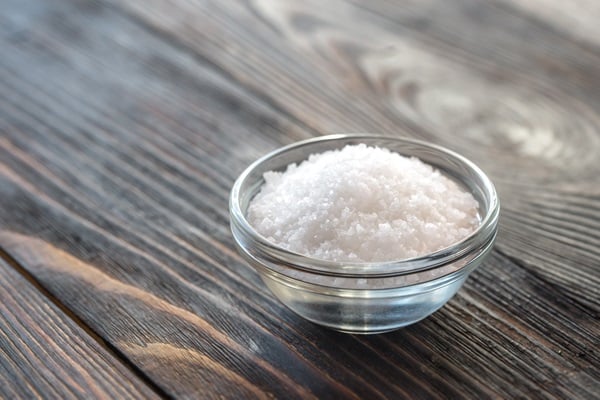
Kosher salt has gained its place in the culinary world for its flaky, coarse grains that dissolve easily, making it a favorite for seasoning dishes. Its name originates from its use in the koshering process, where it is used to draw blood out of meat, as required by Jewish dietary laws. Unlike table salt, kosher salt typically comes without iodine and has a less intense salty flavor, which allows for more control over the seasoning of food. Chefs often prefer it for its tactile quality, which enables them to pinch and sprinkle with precision.
The health considerations of kosher salt are akin to those of table salt, primarily concerning its sodium content. While it may contain fewer additives, this does not significantly alter its health impact. The larger grain size means that it has less sodium by volume compared to table salt, but by weight, the sodium content is similar. Therefore, while it may be easier to use less kosher salt when seasoning by hand, mindful consumption is still necessary to manage sodium intake for overall health.
Rock Salt: More Than Just Ice Cream Salt
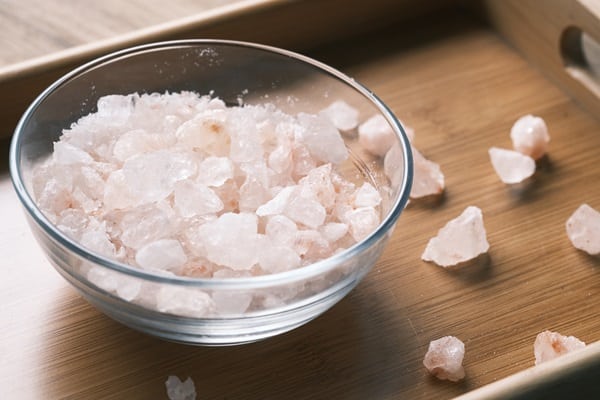
Rock salt, also known as halite, is the unrefined version of table salt, mined directly from ancient salt deposits. Its chunky crystals are typically reserved for specific uses, such as de-icing roads or churning homemade ice cream, rather than for direct consumption. In some cultures, rock salt is used in cooking and serving dishes, like the Himalayan salt block, which can impart a mild salty flavor to food. Its less processed nature means that it can contain trace minerals, much like sea salt, but again, these are present in minute amounts.
When it comes to health, rock salt shares similar concerns with other types of salt, mainly due to its sodium chloride content. While it is often marketed as a more natural and healthy alternative, the benefits are marginal when it comes to mineral content. The larger size of rock salt crystals can make it easier to use a smaller volume, potentially reducing sodium intake. However, if ground into finer particles, the same caution applied to table salt should be observed with rock salt to avoid excessive sodium consumption.
Black And Red Hawaiian Salt: Gourmet’s Choice
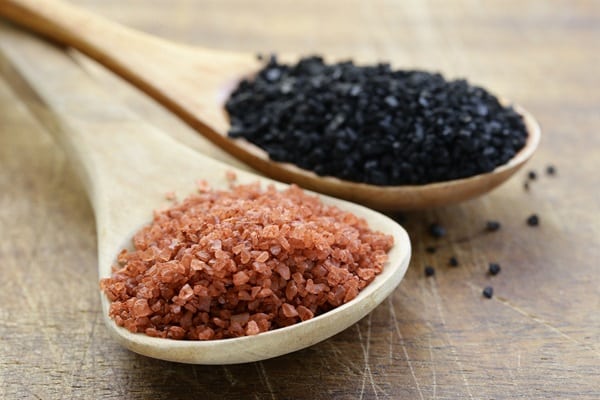
Black and Red Hawaiian salt are exotic varieties that originate from Hawaii, gaining their unique colors from added volcanic charcoal and baked Hawaiian clay, respectively. The black salt is known for its earthy flavor and detoxifying properties attributed to the activated charcoal, while the red salt gets its warm, nutty taste from the iron oxide in the clay. These salts are often used as finishing salts, adding a burst of color and flavor to dishes.
Despite their gourmet appeal, the health impacts of Black and Red Hawaiian salts are similar to those of other sea salts. The added charcoal and clay contribute to the mineral content, but like other specialty salts, they do not provide significant health benefits beyond their aesthetic and culinary appeal. The sodium content is the primary health consideration, and these salts should be consumed in moderation. Their intense flavors may encourage smaller portions, which can help maintain a balanced sodium intake.
Flavored And Smoked Salts: A Culinary Twist
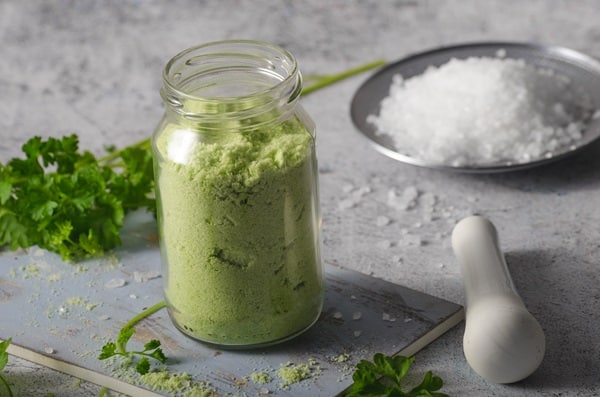
Flavored and smoked salts are a testament to culinary innovation, offering a range of tastes from garlic and lemon to lavender and rosemary. These salts are infused with herbs, spices, and aromatics or smoked over wood fires to imbue the crystals with flavor. They can transform a simple dish into a complex flavor experience with just a pinch. Smoked salts, in particular, provide a deep, smoky flavor that can mimic the taste of outdoor grilling.
The health impact of flavored and smoked salts largely depends on the base salt used and the additional ingredients. If the base is a high-sodium salt, the health considerations would be the same as for table salt. However, the intense flavoring may encourage the use of smaller quantities, potentially reducing overall sodium intake. It’s also important to consider any added sugars or artificial flavors that could have health implications. As with all salts, the key is to enjoy the unique flavors they offer while being mindful of portion sizes and the overall dietary intake of sodium.
Choose Your Salt Wisely For Better Health
Navigating the world of salts can be as intriguing as it is beneficial for your health. With each variety offering its unique flavor and texture, it’s essential to use this knowledge to make informed decisions. Remember, moderation is key, regardless of the type of salt you prefer. So, take this insight, explore the diverse world of salts, and season your food in a way that not only enhances taste but also supports a healthy lifestyle.


